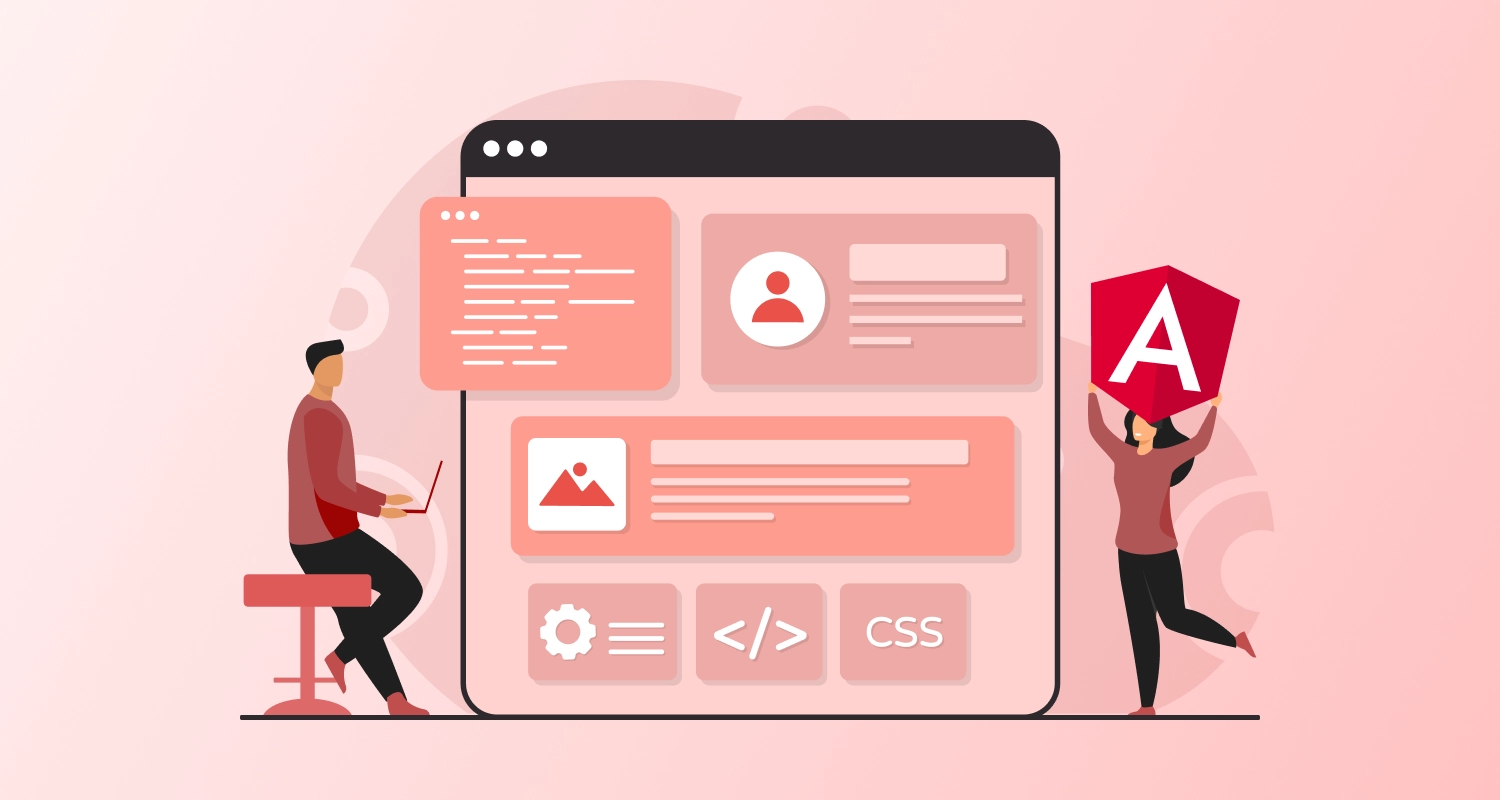It is hard to foster a program completely bug-free. This is the reason to harness tools and techniques to sort through the bugs embedded inside your codebase. Hire Angular Developers to remove the bugs completely.
The Angular framework uses some of the famous debugging techniques and has some unique tools and techniques unique to debugging its applications. We’ll take a look at certain techniques and tools that can be valuable for debugging Angular applications.
Debugging is vital to building any application. One can’t build an application sans bug on the first go. Even though there are a couple of things we could do to avoid making bugs according to a designer’s point of view, like cautious programming or Test Driven Development, bugs are unavoidable in any non-trivial application. Realizing how to troubleshoot an application is critical forDedicated Angular Programmers and speeds up the method involved in removing bugs and delivering software.
.tap()
If you are utilizing RxJs administrators, you may find that debugging the administrator chain can be an interesting cycle, and having a .tap() between the administrators makes it simpler to investigate the chain. It enables us to watch the chain without really altering it.
Tap is the pipeable administrator likeness in RxJs adaptation 5.5 or more. The name was changed to avoid clashes with Javascript watchword do.
const wholeNumbers$ = of(1, 2, 3, 4, 5);
const squareNumbers$ = wholeNumbers$
.pipe(
tap(num => console.log(‘Whole number: ${num}’)),
map(num => num * num),
tap(num => console.log(‘Square number: ${num}’))
);
<span>{{ squareNumbers$ | async }}</span>
ng.probe($0).componentInstance
This is a distinctive odor that we can use on the control center to perceive what the part’s state is. Select the part you need to examine from the Elements tab and execute ng. probe($0).componentInstance on the control center. $0 is a worldwide variable the Chrome DevTools make accessible, whose value is the most as of late chosen components. To review the past four DOM components, you can utilize this for $1, $2, $3, and $4.
This will give us the important data when the investigation mode is empowered and won’t chip away at Production, where troubleshoot mode is usually impaired.
ng.profiler.timeChangeDetection()
Angular has an inherent profiler that can be utilized to profile your Angular application. At the moment, it offers just a single sort of profiling – timeChangeDetection. timeChangeDetection performs change detection on the application and prints what amount of time a series of progress detection requires for the current state of UI. The prescribed value for this is to be under 3 milliseconds.
Augury
The Augury is a Chrome extension that gives a visual portrayal of the Angular components on a page, their dependencies, switch data, regardless of whether change detection is utilized for the part, and so forth.
Augury makes it difficult to investigate the state apart from its Component Tree tab under the Properties tab. If your part has an Output() occasion producer, you can likewise transmit an occasion from the Properties tab.
Utilizing View Source connect, you can explore the source code for the part.
Debugger
Utilizing the debugger statement in any space in your codebase will make the application break at the point where the statement is set. This helps view the current call stack of your application before the breakpoint is set.
For instance, on the off chance that we need to see the information being passed to a capacity, we place the debugger statement at the passage point of the capacity:
addToCart(item) {
debugger;
this.store.dispatch(new AddToCart(item));
this.inCart = valid;
}
TypeScript
You will be able to view the information sent on each capacity call.
platform.bootstrapModule(AppModule).then((module) => {
let applicationRef = module.injector.get(ApplicationRef);
let appComponent = applicationRef.components[0];
enableDebugTools(appComponent);
});
or then again from a control center of a running application.
<>
System.import(“@angular/stage browser”).then(function(module) {
enableDebugTools = module.enableDebugTools;
disableDebugTools = module.disableDebugTools;
});
var componentRef = ng.probe($0);
enableDebugTools(componentRef);
The main thing that is required is having a reference to any part to pass it inside enableDebugTools. To get to the reference in the control center, you need to either uncover it from any of the modules or use ng.probe.
In the 4. x.x form, Angular gives just one debugging instrument – profiler. Here is the thing that angular says about it:
Activities change detection in a circle and afterward print the normal measure of time in milliseconds what amount of time a single round of progress detection requires for the current state of the UI. It runs at least 5 rounds for at least 500 milliseconds.
It very well may be gotten to through worldwide variable ng.profiler in a control center:
ng.profiler.timeChangeDetection();
When utilizing the watchword in the Chrome DevTools, you can view the current values when the breakpoint is set off. This is extremely valuable while debugging, as you can perceive what boundaries are being passed to a capacity or got back from a capacity without logging them.
ng probe
This is a valuable DevTools order for viewing the current state of any part inside the part tree. To utilize the order, visit the DevTools. In the Inspector tab, select any Angular component, then, at that point, explore the control center tab and run the accompanying order:
ng.probe($0).componentInstance
The ng.probe work takes a solitary boundary: $0; this is a DevTools alternate way for viewing the keep going chosen component on the Inspector tab. Different boundaries that can be passed to ng.probe are: $1, $2, $3, $4, each implying the last four chosen components in the Inspector tab.
Redux
In case you are utilizing Redux to deal with your application state, there is a Chrome augmentation called Redux DevTools, which allows us to see every one of the activities dispatched, the state of the application after each activity, and the distinction in states.
It additionally enables us to rewind the activities and see the related changes on the page.
Revival DevTools needs a touch of arrangement to be utilized in Dev conditions; however,t is certainly worth the work. L when arranged look at this blog to look into how to utilize it in Production. It is suggested that the full-included rendition be utilized for improvement and the confined one for creation.
JSON and async pipes
If you have JSON objects that you might want to print the value on the page for debugging purposes, you can utilize the JSON pipe with the JSON object.
Call Stack
Chrome dev tools show the current Call Stack, which gives us data about the stack of capacity calls, demonstrating what sets off the execution of the capacity that is being executed. Many of these would be from Angular libraries, yet you can recognize those that identify with your code. This will likewise show the HTML part of the application that sets off the capacity call. You can likewise right-click a specific casing and restart it, and it will restart the execution from that edge.
Local Storage
If you are utilizing local storage to store the state of your application, you could utilize the Application tab to investigate the state of local storage.
You can clear the information in local storage for your application by right-tapping on the application under Local storage and decided to clear.
This You can set, get or eliminate a thing from local storage by attempting localStorage.setItem(‘<key>’), localStorage.getItem(‘<key>’) and localStorage.removeItem(‘<key>’) individually on the control center window.
You can likewise alter or erase the values in local storage by double-tapping a key or value.
Consult CMARIX- The leading Angular Development Company and debug the essential codebase and speed up performance.







